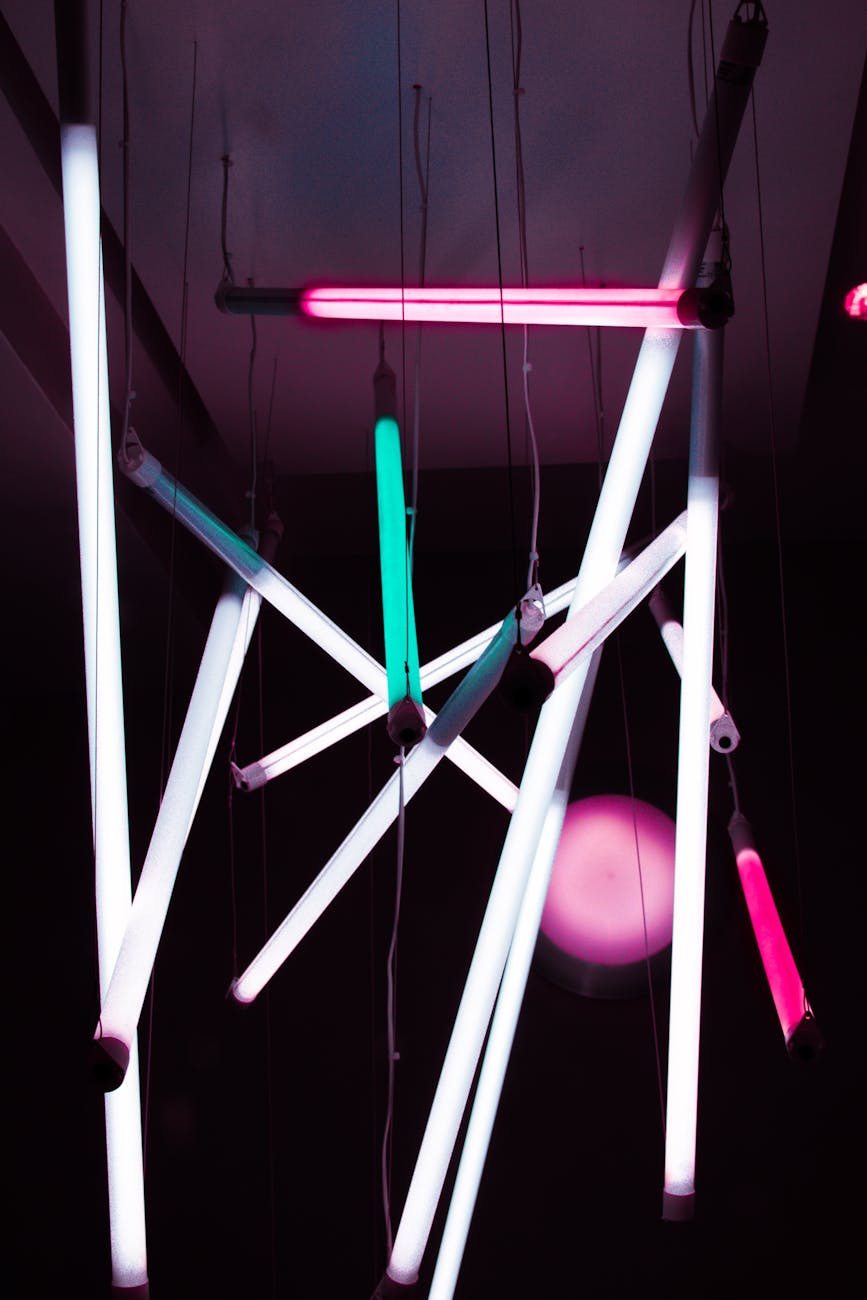Is It Cheaper to Leave LED Lamps On?
In the everyday hustle and bustle, we often forget about the energy efficiency practices that can both benefit the environment and reduce our electricity bills. One common question that surfaces quite often is, “Is it cheaper to leave LED lamps on?” This article delves into this query, providing a comprehensive exploration of LED lamp technology and its implications for your wallet.
Understanding LED Lamp Technology
LED (Light Emitting Diode) technology has revolutionized the lighting industry over the past few decades. Unlike traditional incandescent bulbs or even compact fluorescent lamps (CFLs), LED lamps are celebrated for their energy efficiency, longevity, and lower environmental impact. They work by passing an electric current through a semiconductor, which emits light more effectively and uses significantly less energy than its predecessors.
Energy Consumption and Cost Efficiency
One of the most significant advantages of LED lamps is their low energy consumption. A standard LED bulb may use anywhere from 2 to 15 watts of electricity, in contrast to an incandescent bulb, which might draw between 40 to 100 watts for similar luminous output. This alone suggests that LEDs are significantly cost-effective when comparing straightforward energy usage.
But does this mean it’s cheaper to leave them on? Intriguingly, the cost-saving aspect primarily pertains to the reduced energy consumption in active use rather than continuous usage.
The Cost Implication of Leaving LED Lamps On
While LED lamps are energy-efficient, the principle of energy consumption remains: the longer a light is on, the more energy it consumes. It is generally more cost-effective to turn off lights when they are not in use. Here’s why:
- Energy Cost: Although minimal, continuous energy consumption adds up over time. Turning the lights off when not needed effectively saves energy and reduces your power bill.
- Longevity: It is often argued that turning LED lights on and off may reduce their lifespan. However, LEDs are designed with efficient cycle switching in mind. They are far more resilient to frequent switching compared to incandescent bulbs.
- Environmental Impact: Besides cost and longevity, switching off lights conserves energy overall, which is beneficial for the environment by reducing demand on power stations.
When Might It Be Cheaper to Leave Lights On?
Despite the conventional wisdom of switching lights off to save money, there are contexts where you might consider leaving LEDs on:
- Security Reasons: If a light is being used for security, it might make sense to leave it on during certain hours for improved safety.
- Automated Systems: If you have smart home systems that are optimized to control lights, keeping lights on might be offset by strategic dimming or other automated cues based on presence detection and schedules.
Conclusion
In conclusion, even though LED lamps are highly energy-efficient, it remains more cost-effective and environmentally friendly to turn off your lights when they’re not in use. While LEDs certainly make leaving lights on less costly than their older counterparts, practicing mindful energy use habits can further trim your utility bills and enhance your contribution to global energy conservation efforts.
Incorporating smart technologies and understanding LED lifespans can also allow you to strike a balance between convenience and cost-efficiency. Whether it’s for security lighting or convenience, there are sensible exceptions, but the general rule of thumb still applies: when you leave a room, switch it off.





